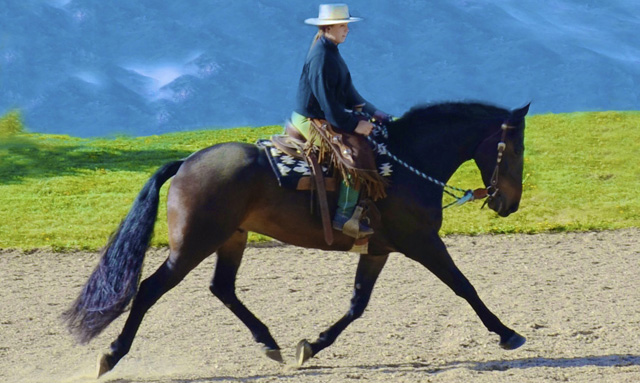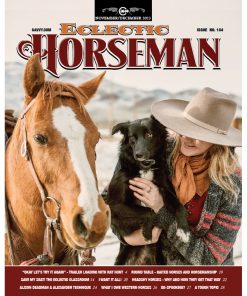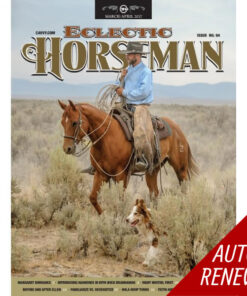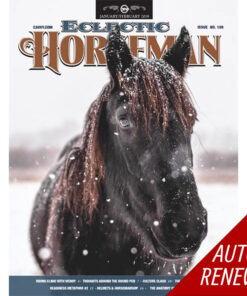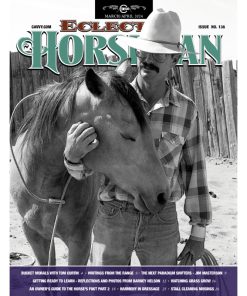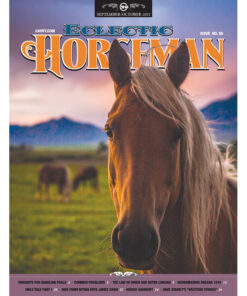Horsemanship Essays
Developing Clarity
Sitting on the berm watching a magnificent horse and its rider schooling the grand-prix inspired me to write about the importance of the human-horse partnership in relation to the quality of gaits.
My life’s passion is to blend the education of dressage biomechanics while still nurturing the relationship between the horse and rider. Developing clarity and understanding of what constitutes quality of gait will only enhance one’s relationship with their horse. Working with the movements in partnership with the horse creates physical and emotional balance. The ability to translate your thoughts through your body to the sole of your horse’s feet is important, yet it is just as important that human interference does not detract from the goodness Mother Nature has provided.
The gaits
“When observing a horse’s gaits, I first look for relaxation, rhythm and correctness of the stride, as well as how extensive the scope is.” -Jim Hicks
There are three gaits in dressage: the four-beat walk, the two-beat trot and the three-beat canter. There are also types of gaits: medium, free, collected and extended walk; and working, medium, collected and extended trot and canter. Freedom and regularity of gait create reach and scope. The horse’s limbs need to main-tain an even rhythm in a recurring sequence with timing as the horse’s footfalls create consistency in tempo.
The difference between extended and collected gaits isn’t just about the length of the horse’s stride. The lengthening or shortening of the step is important, but only as it relates to the overall outline, and the elevation of the forehand and neck relative to the lowering of the croup. The horse’s gaits are affected by the human’s mental and emotional wellbeing. For the horse mirrors the human in rhythm, relaxation, connection, impulsion, straightness and collection.
The Walk
The ideal walk is free, energetic, and relaxed. It is a marching gait in which the horse’s feet follow one another in a four-beat sequence of left hind, right fore, right hind, left fore, with no moment of suspension. The horse will often show physical and mental tension at the walk. For example, a tight back will often show as irregular rhythm, but a clear, long-strided walk, where the horse does not get distracted and lose rhythm, illustrates a horse that is covering ground and free from tension.
The Trot
The trot is a two beat gait on alternate diagonal legs, separated by a moment of suspension. The horse reaches through the shoulders as the hind legs clearly step underneath, carrying the weight. A quality trot has regularity and elasticity. The horse’s steps create the ability to maintain rhythm and natural balance during and after transitions.
The Canter
The canter is a three-beat gait. Cantering to the right, the footfalls of a single canter stride are left hind first, then right hind and left fore simultaneously, then right fore, then a moment of suspension or “jump” when all four feet are in the air. A lot of jump is good because the suspended moment in the air is what makes the medium and extended canter spectacular.
When we become aware of the true nature of our horse’s gaits, we can then see and feel how our horse arranges his body to formulate each gait. What is often misunderstood by the rider, and felt as resistance in the horse, may actually be the rider’s lack of understanding and release when transitioning into a new gait. It is the human who complicates the situation for the horse, and makes it hard for both horse and rider to handle.
When a horse is supple, the muscles of the horse’s back are like a flowing river carrying the energy created by the hind end. If muscles get rigid the river dams up, resulting in human-created tension building with no place for release. It is this tension that muddies the quality and clarity of each gait.
It is always important to keep in mind that the horse is the absolute teacher and the human its student. Simplifying and breaking down one’s understanding into smaller pieces will allow for a better future result. By transitioning between gaits, both human and horse learn consistency in their lightness as they interact and develop an effortless feel. Every moment we are on our horse we are directly responsible for the action or reaction which is happening underneath us. When one develops their education, they start looking for a good marching walk, a cadence trot, and uphill canter. Developing quality gaits will result in a better relationship with the horse, just as a better relationship with the horse will affect the quality of gaits.


